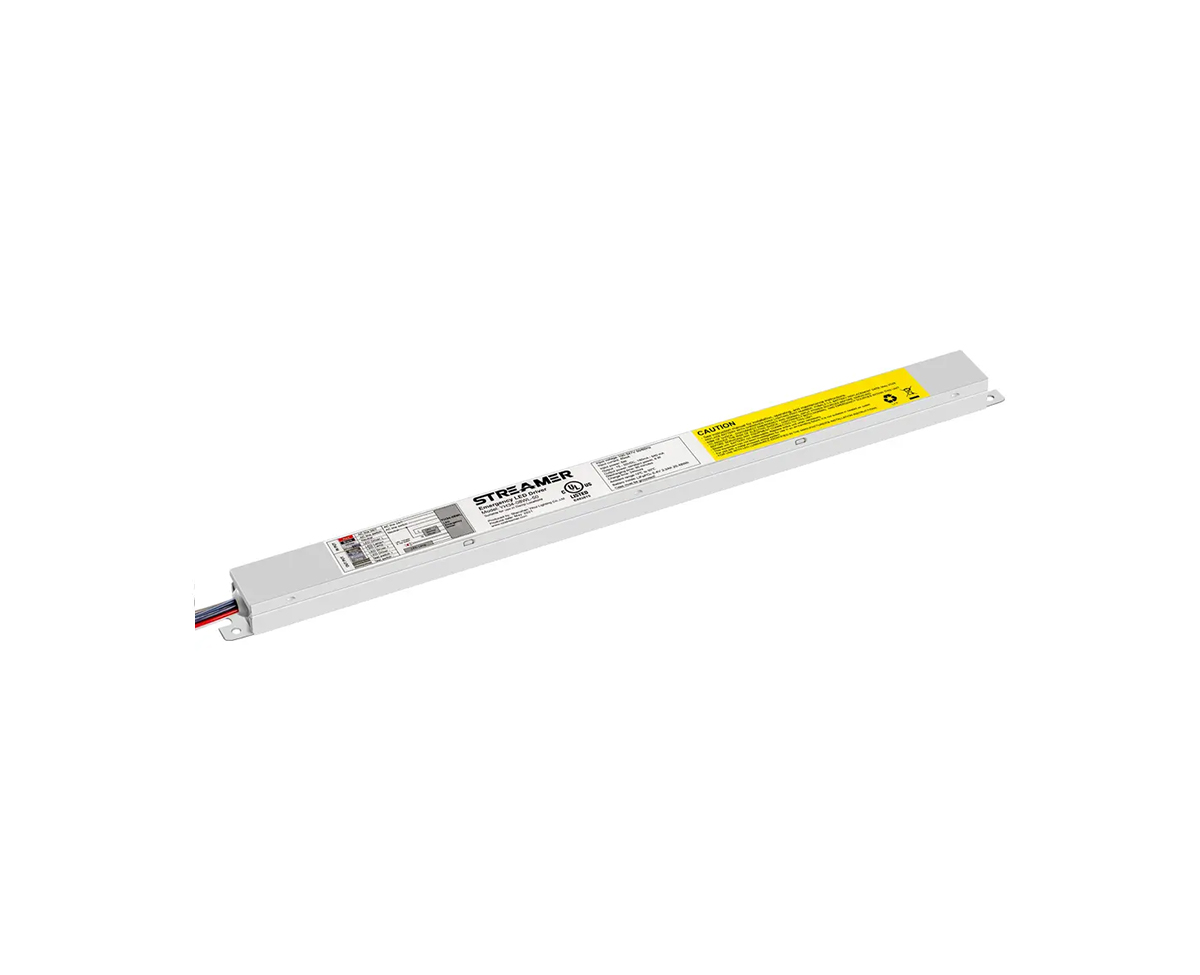 1
1
 May 05, 2025
May 05, 2025

Embedded LED emergency converters are designed to be integrated seamlessly into various lighting fixtures or building structures, offering a more aesthetically pleasing and space - efficient emergency lighting solution.
These converters are typically compact in size, with a modular design that allows for easy installation within the limited space of embedded lighting systems. They are often built with a high - degree of integration, combining essential components such as the battery, charging circuit, LED driver, and control electronics into a single, small - form - factor unit. This integration not only saves space but also simplifies the overall installation process.
One of the key advantages of embedded LED emergency converters is their ability to blend into the existing architecture. For example, in recessed ceiling lights, the converter can be installed within the housing of the light fixture, making it almost invisible to the naked eye. This not only maintains the visual appeal of the space but also ensures that the emergency lighting system does not disrupt the normal lighting design.
In terms of functionality, embedded LED emergency converters are equipped with intelligent features. They can be programmed to detect power failures automatically and switch to emergency mode within milliseconds. Some models also support self - diagnosis functions, regularly checking the status of the battery, LED driver, and other components to ensure reliable operation. Additionally, they often comply with relevant safety and performance standards, such as emergency lighting regulations, to guarantee effective illumination during critical situations.
Moreover, the development of embedded LED emergency converters focuses on energy - efficiency. With the use of advanced LED technology and optimized power management circuits, these converters can provide long - lasting emergency lighting while consuming minimal power during standby mode. This not only extends the battery life but also reduces the overall energy consumption of the emergency lighting system.